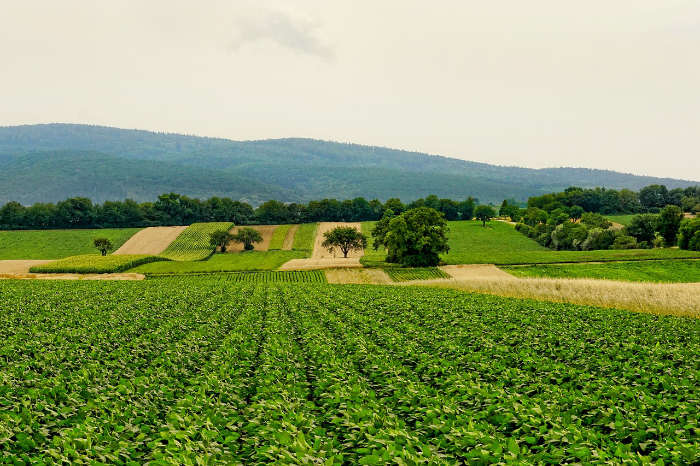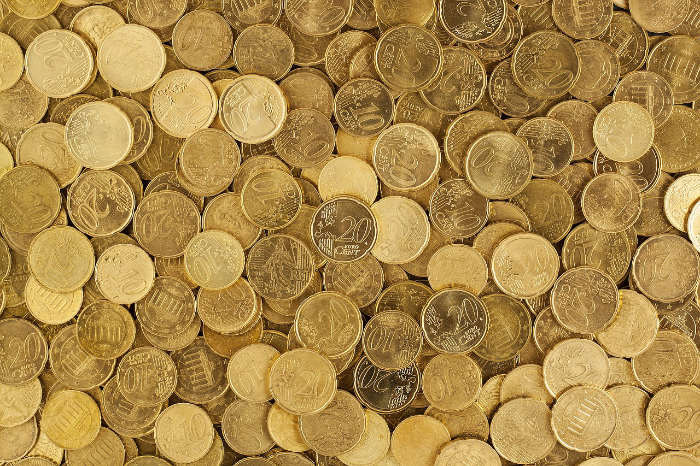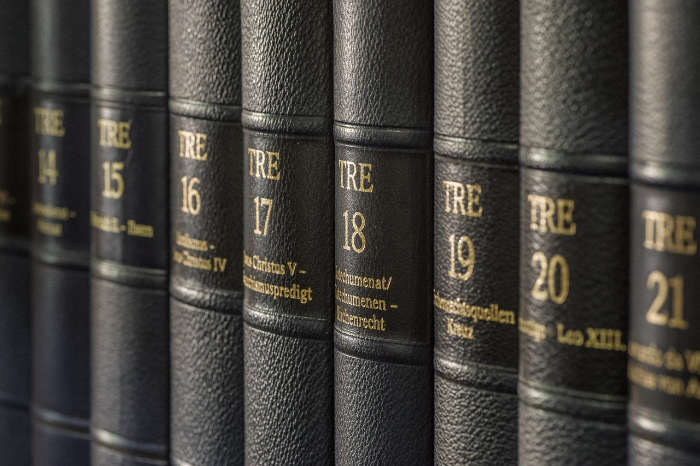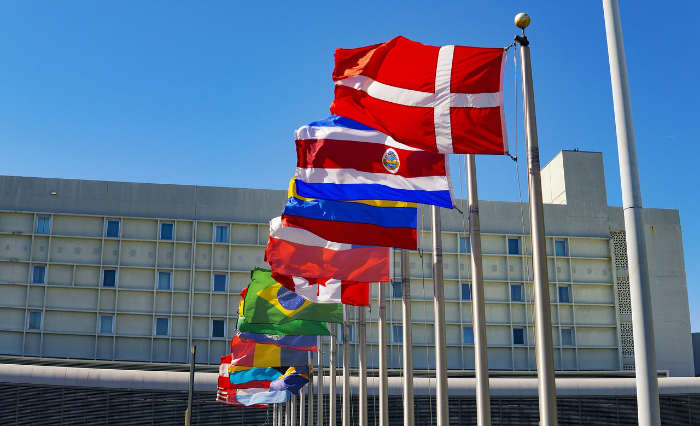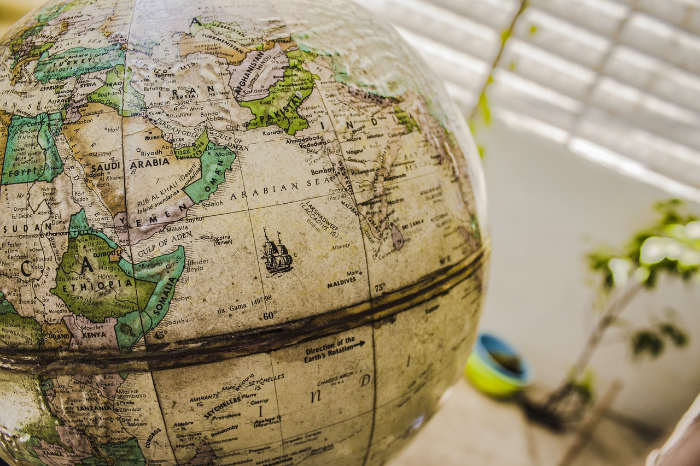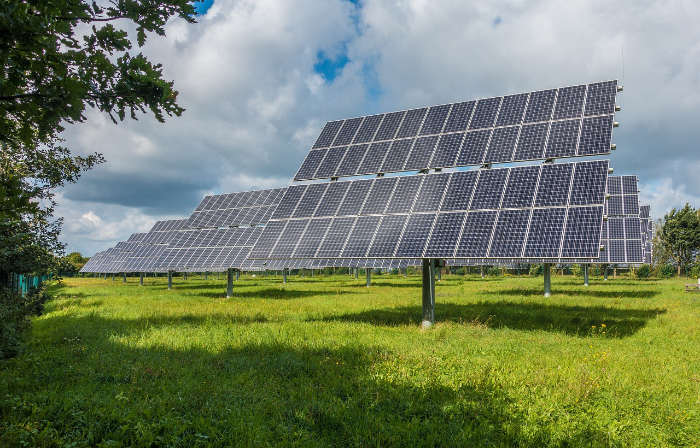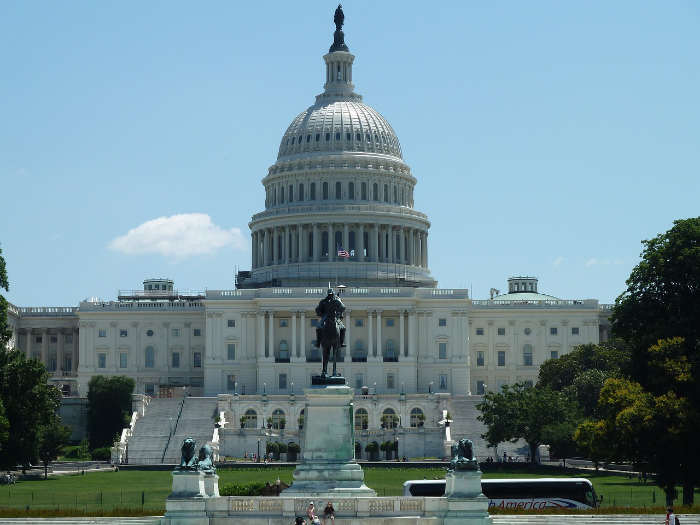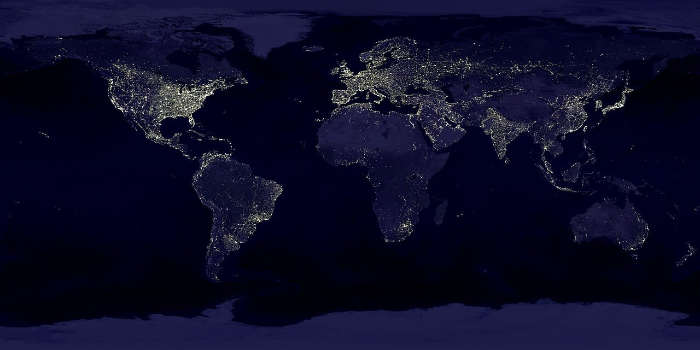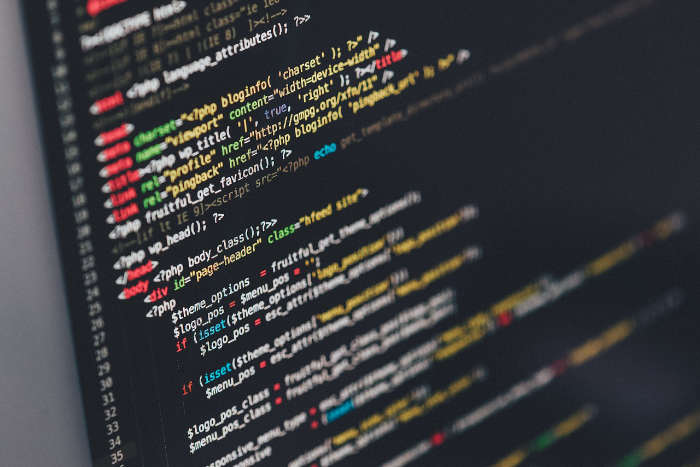Recycling Rates by Country 2025

0
10
20
30
40
50
60
70
80
90
100
5 Countries with the Highest EPI Waste Recovery Score
- The 2024 EPI combines 58 indicators across 11 issue categories, ranging from climate change mitigation and air pollution to waste management, sustainability of fisheries and agriculture, deforestation, and biodiversity protection.
- This dataset presents trends in amounts of municipal waste generated (including household waste), and the treatment and disposal method used. The amount of waste generated in each country is related to the rate of urbanisation, the types and pattern of consumption, household revenue and lifestyles. -The recycling rate for municipal waste was calculated as the percentage of municipal waste generated that is recycled. Recycling of municipal waste includes material recycling and composting/anaerobic digestion.
During the past few decades, there has been a tremendous push to increase recycling rates all over the world, and Europe does a better job than most other parts of the world regarding recycling. For example, as of 2022, Slovenia has the highest recycling rate in the world at 55.3%. Germany is second. Even though there are different ways to calculate the total recycling rate, Germany appears to recycle about 47 percent of all of the municipal waste it produces.
Germany was not always a leader in world recycling. In 1990, Germany conducted a comprehensive audit of its waste and recycling management systems and completed a comprehensive overhaul of its waste and recycling management system to increase the percentage of waste it recycles.
Europe Is the Global Leader in Recycling
Europe’s recycling dominance runs well beyond the well-known leaders like Slovenia and Germany. Such countries as Belgium and Slovakia each recycle over 33% of their municipal waste, while Estonia, Denmark, Norway, Luxembourg, Switzerland, and the Netherlands all hover around the 28–32% range. What’s especially notable is the consistency—these nations combine strong policy, public engagement, and infrastructure to ensure waste is sorted and reused rather than buried or burned. Composting also plays a major role in several of these countries, with Denmark and the Netherlands each composting a quarter or more of their municipal waste. Together, this data paints a clear picture: Europe isn’t just recycling more—it’s making sustainable waste management a norm rather than an exception.
Does the United States Recycle a Lot of Waste?
The United States does not recycle nearly as much waste as the other countries in the world. In terms of the EPI Waste Recovery Rate score for 2024, the US places 30th, behind countries of Europe, Asia, and South America. That said, it can be difficult to estimate the total amount of waste that is recycled in the United States because it is controlled at the state level. In addition, not many rules and regulations exist at the federal level. Therefore, some states do a much better job of recycling than others. Furthermore, just because someone in the United States puts something in the recycle bin doesn’t necessarily mean it is going to be recycled. The recycling plant may decide that some waste might not be recyclable, so it might end up in the landfill anyway.
Which Asian Countries Have High Recycling Rates?
Asia’s waste recovery efforts are led by a small group of high-performing countries—most notably Taiwan, Singapore, Japan, and South Korea. In 2024, Taiwan and Singapore tied for the first spot in Asia, each scoring an impressive 96.7 on the EPI Waste Recovery Rate scale. This is thanks to these countries’ world-class infrastructure, strict regulations, and high levels of public compliance. Japan follows closely with a score of 94.4, driven by its long-standing culture of meticulous waste separation and an extensive municipal recycling network. South Korea, with a score of 82, particularly stands out in food waste management and digital waste tracking. These four nations set the bar for waste recovery in Asia, proving that policy, technology, and public participation can work together to create cleaner, more sustainable systems—even in densely populated urban environments.
Sources
- Waste Recovery Rate - EPI
- Environmental Performance Index 2022 - Recycling - EPI
- Environmental Performance Index - Yale Center for Environmental Law & Policy
- Municipal waste, Generation and Treatment - Organisation for Economic Co-operation and Development (OECD)
- Municipal waste recycling rates in Europe by country - European Environment Agency (EEA)




















































































































































































